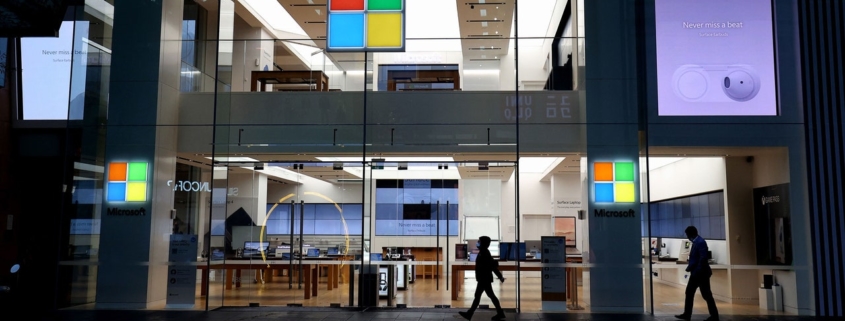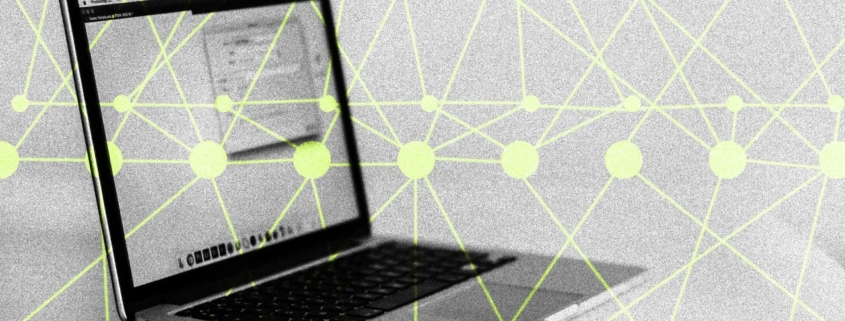Microsoft Seizes Domains Used by a Chinese Hacking Group
Microsoft said it has seized control of servers that a China-based hacking group was using to compromise targets that align with that country’s geopolitical interests.
The hacking group, which Microsoft has dubbed Nickel, has been in Microsoft’s sights since at least 2016, and the software company has been tracking the now-disrupted intelligence-gathering campaign since 2019. The attacks—against government agencies, think tanks, and human rights organizations in the US and 28 other countries—were “highly sophisticated,” Microsoft said, and used a variety of techniques, including exploiting vulnerabilities in software that targets had yet to patch.
Down but Not Out
Late last week, Microsoft sought a court order to seize websites Nickel was using to compromise targets. The US District Court for the Eastern District of Virginia granted the motion and unsealed the order on Monday. With control of Nickel’s infrastructure, Microsoft will now “sinkhole” the traffic, meaning it’s diverted away from Nickel’s servers and to Microsoft-operated servers, which can neutralize the threat and allow Microsoft to obtain intelligence about how the group and its software work.
“Obtaining control of the malicious websites and redirecting traffic from those sites to Microsoft’s secure servers will help us protect existing and future victims while learning more about Nickel’s activities,” Tom Burt, the company’s corporate vice president of customer security and trust, wrote in a blog post. “Our disruption will not prevent Nickel from continuing other hacking activities, but we do believe we have removed a key piece of the infrastructure the group has been relying on for this latest wave of attacks.”
Targeted organizations included those in both the private and public sectors, including diplomatic entities and ministries of foreign affairs in North America, Central America, South America, the Caribbean, Europe, and Africa. Often, there was a correlation between the targets and geopolitical interests in China.
Targeted organizations were located in other countries including Argentina, Barbados, Bosnia and Herzegovina, Brazil, Bulgaria, Chile, Colombia, Croatia, Czech…


